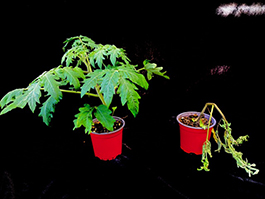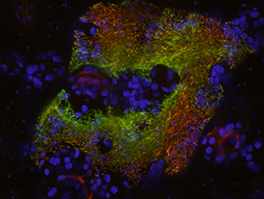10 Sep Using conserved bacterial effectors as a probe to identify an characterize altered processes during plant-pathogen interactions.
[vc_row css_animation="" row_type="row" use_row_as_full_screen_section="no" type="grid" angled_section="yes" angled_section_position="top" angled_section_direction="from_left_to_right" text_align="left" background_image_as_pattern="without_pattern" padding_top="80" padding_bottom="49" z_index=""][vc_column width="2/3"][vc_column_text css=""] Using conserved bacterial effectors as a probe to identify an characterize altered processes during plant-pathogen interactions. [/vc_column_text][vc_separator type="transparent" up="22" down="0"][vc_column_text css=""] Bacterial pathogens such as Pseudomonas syringae and Ralstonia solanacearum pose a serious...







